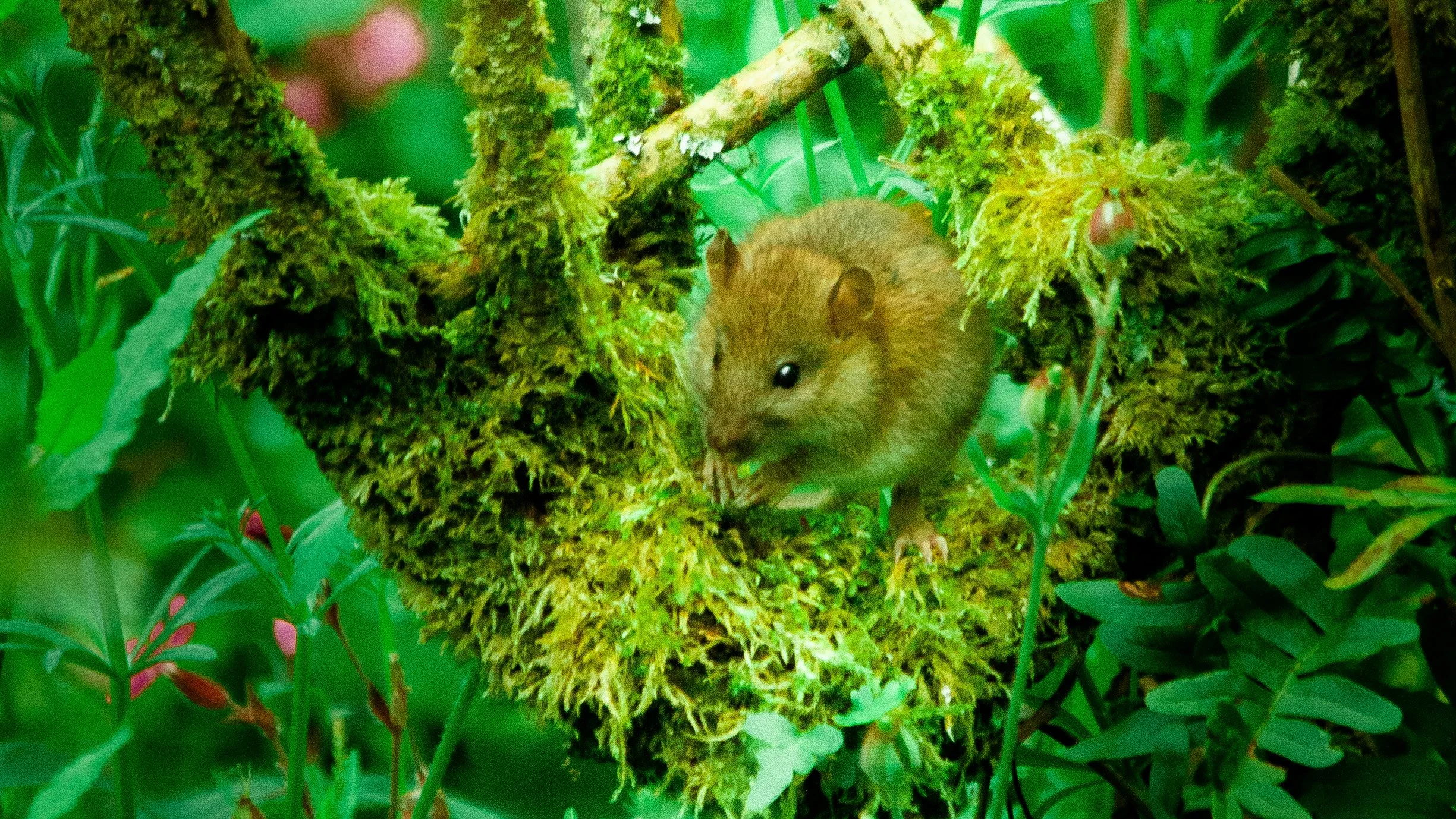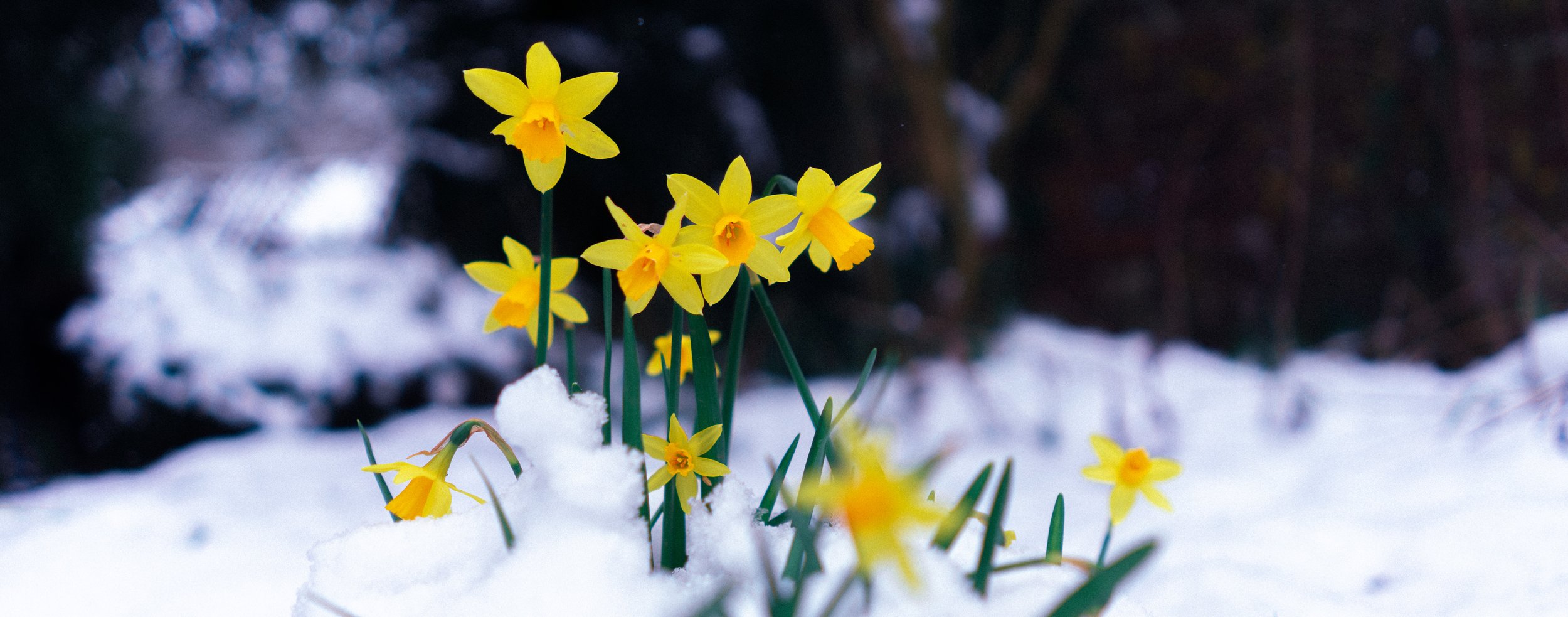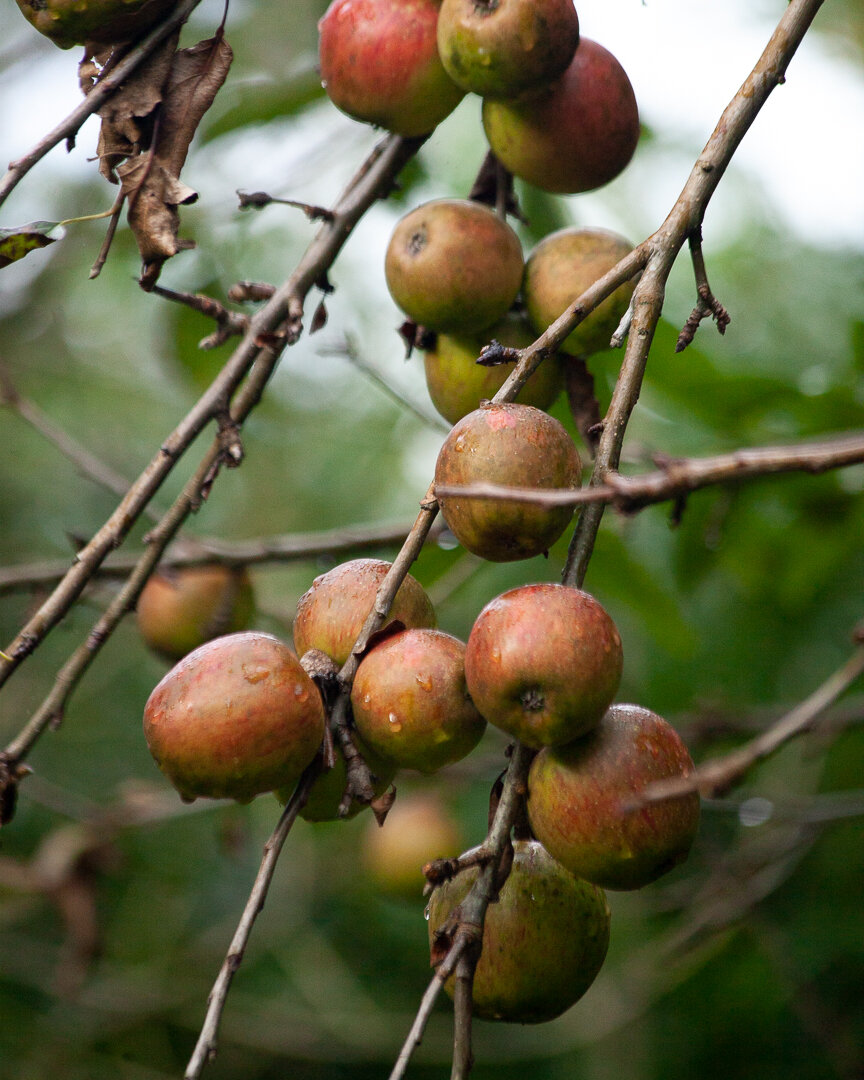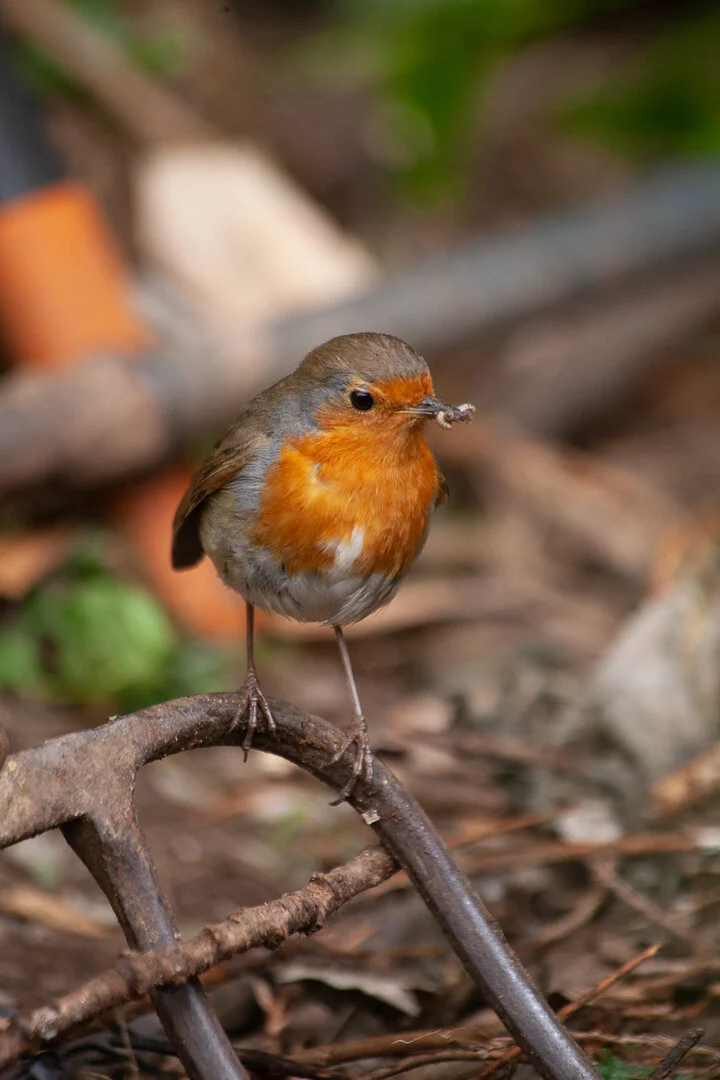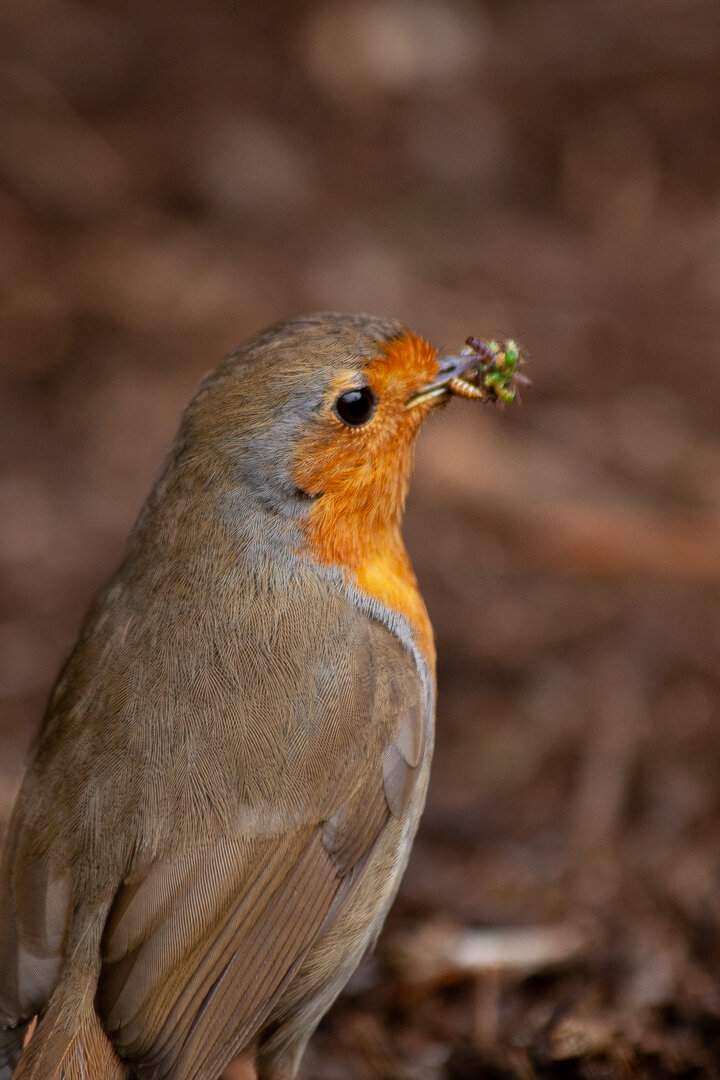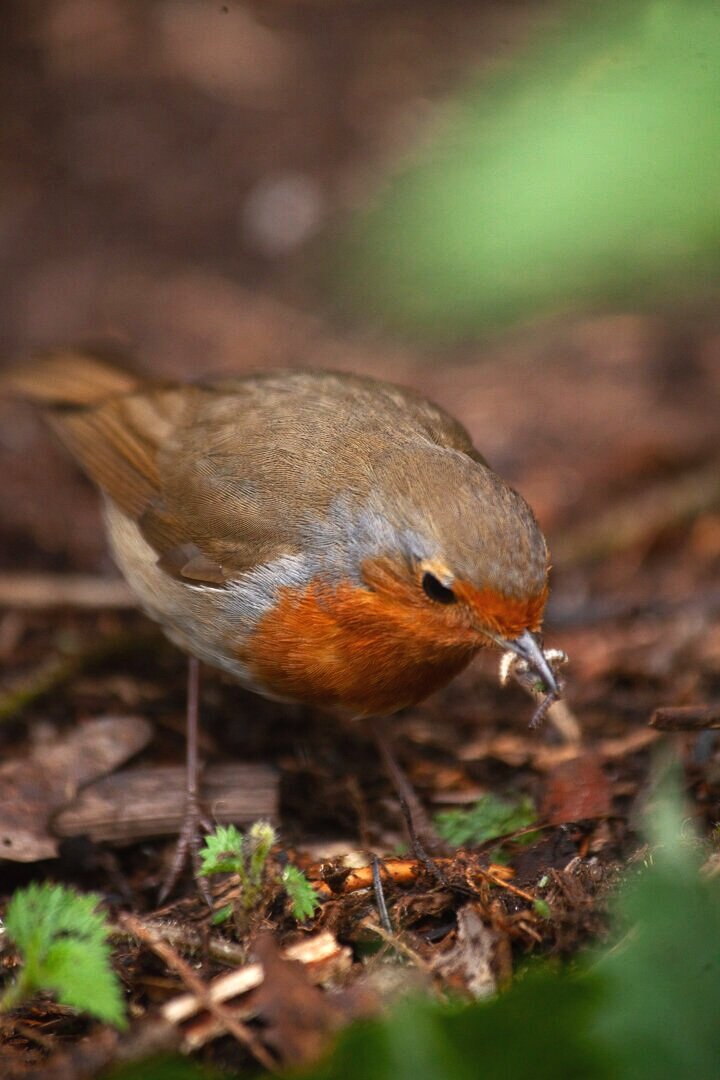Peppermint Rats
/Rats are one of the most common pests in the world, with their population numbering in the billions. They carry diseases such as leptospirosis, salmonella, and hantavirus, among others. Therefore, it is crucial to keep them out of homes, offices, and other areas where humans live and work.
There are several ways to repel rats, including the use of traps, pesticides, and electronic devices. However, many people prefer to use natural methods to keep these rodents at bay. One such way is by using peppermint oil.
Peppermint oil is a natural plant-based product derived from the peppermint herb. Its antispasmodic and anti-inflammatory properties make it a popular ingredient in various products such as toothpaste, mouthwash, and even food items. However, not many people know that it is also an effective rat repellent.
How Does Peppermint Oil Repel Rats?
Peppermint oil is a natural deterrent because rats cannot stand its strong scent. The pungent odor of this oil acts as an irritant and discomforts the rats. They avoid the area where the oil is present, making it a highly effective way to repel them.
Several studies have shown the efficacy of peppermint oil as a rat repellent. According to a study published in the International Journal of Industrial Entomology, peppermint oil was highly effective in deterring rats from food bait. Another study conducted by the University of Buenos Aires found that peppermint oil was as effective as commercial pesticides in repelling rats.
How to Use Peppermint Oil to Repel Rats
There are several ways to use peppermint oil to repel rats. Here are some of them:
Spray peppermint oil around the perimeter of your home or office. This will keep rats from entering.
Use a diffuser to spread the scent of peppermint oil around your house or office. This is especially useful if you want to treat a larger area.
Soak cotton balls in peppermint oil and place them in areas where rats are likely to be present, such as near garbage bins, in basements, or near attics.
Mix peppermint oil with water and spray it on areas where rats are likely to be present. This is especially useful in areas where there is a high rat population.
Use peppermint oil in conjunction with other natural rat repellents, such as cloves, cinnamon, and garlic.
Possible Side Effects of Peppermint Oil
Peppermint oil is generally considered safe for humans and animals. However, it can cause irritation if it comes in contact with the skin. Therefore, it is recommended to use gloves when handling peppermint oil. Also, it should not be used near the eyes or in areas near the nose as it can cause irritation and allergic reactions.
Conclusion
In conclusion, peppermint oil is a highly effective natural way to repel rats. Its pungent odor masks food smells and other scents that typically attract rodents. Its effectiveness as a rat repellent has been documented in several scientific studies. Moreover, it is safe for humans and animals when used according to instructions.
Therefore, if you are dealing with a rat infestation, consider using peppermint oil as a natural way to keep these pesky rodents at bay. And who knows, you might just have peppermint rats instead of regular ones. Just kidding, there's no such thing as a peppermint rat. But they will definitely stay away from anything peppermint scented!

